Imagine a customer support assistant that not only understands your question but pulls up the most relevant, recent answer based on real-time information. This is the promise of Retrieval-Augmented Generation (RAG), a new approach in NLP that combines deep-learning with powerful information retrieval systems. By grounding responses in current knowledge, RAG is transforming industries where accuracy and context are non-negotiable—from customer service to real-time research.
Why Traditional Models Fall Short
Before RAG, most AI systems in NLP relied on static generative models. These models were powerful but had limitations—they could produce fluid and coherent text but struggled with staying factually accurate, especially when asked about specific, timely details. Traditional models also tend to “hallucinate” or generate incorrect information when they lack the needed data, which can be risky in applications that require factual accuracy.
What Sets RAG Apart?
RAG’s strength lies in its dual-layered approach:
- Information Retrieval: RAG first retrieves relevant data from an external source (like a knowledge base or document repository), ensuring the content is grounded in real, up-to-date information.
- Generative Output: Using this retrieved data, RAG’s language model then generates a response that is not only coherent but contextually accurate, addressing specific details within the query.
Unique Benefits of RAG
-
Real-Time Accuracy
In fast-paced industries, relying on outdated information can be disastrous. RAG offers real-time accuracy by pulling data from live sources, allowing companies to handle queries with the most current information available. Imagine a financial chatbot that adapts responses based on real-time market updates—this level of accuracy is only achievable with RAG. -
Increased Relevance with Personalization
With its retrieval capability, RAG can access user-specific information, meaning it can personalize responses based on an individual’s history or preferences. For instance, a customer support bot using RAG can give personalized solutions by retrieving previous interactions or known preferences, creating a far more engaging experience for users. -
Flexibility and Scalability
One of RAG’s biggest advantages is its adaptability to new information without the need for frequent retraining. As new data is added to a database, RAG can immediately access it for retrieval. This scalability is a game-changer in industries like research or compliance, where keeping up-to-date on vast and evolving information is critical.
RAG in Action: Industry Applications
- Customer Service: Improve support accuracy by providing customer-specific answers based on live information.
- Healthcare: Generate responses based on the latest research, patient records, or clinical data.
- Finance: Adapt quickly to market changes by generating answers grounded in real-time financial data.
Conclusion
RAG is more than a buzzword—it represents a shift in how generative AI operates, merging real-time retrieval with the flexibility of language generation. As industries push for smarter, more relevant AI, RAG offers a path forward that balances accuracy, scalability, and contextual relevance.
